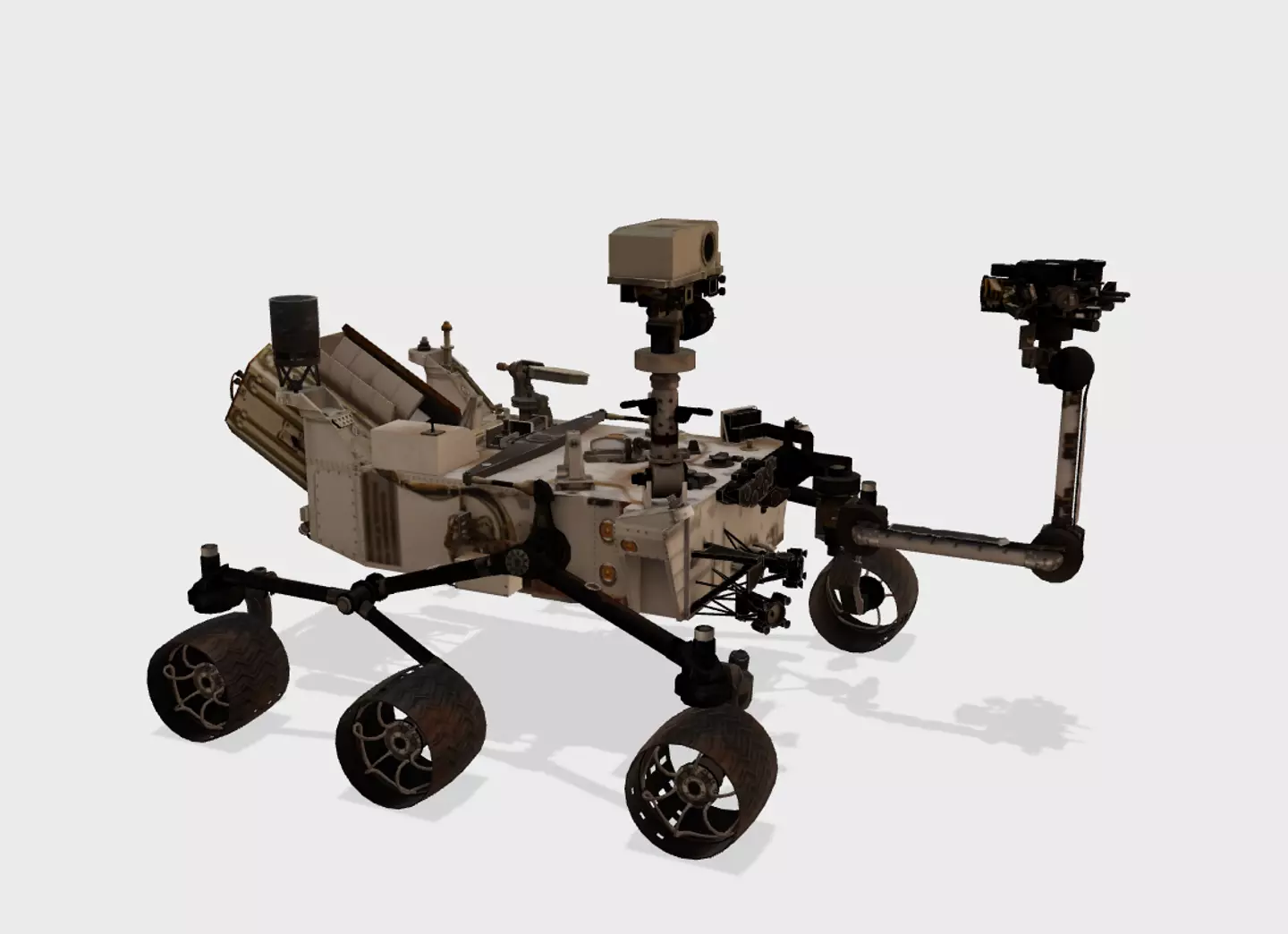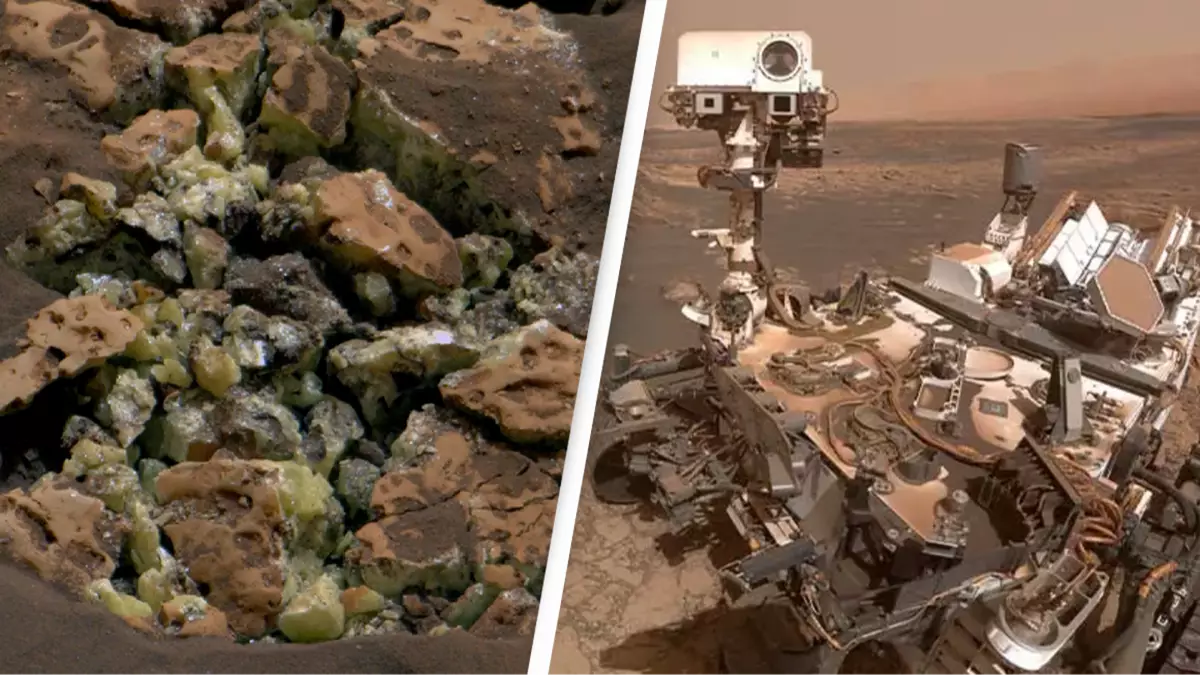NASA’s Curiosity Rover has discovered a ‘surprising’ substance on Mars that ‘shouldn’t be there’.
NASA’s rover has been exploring the fourth planet from the sun since 2012, but on May 30 it made a particularly “exciting” discovery that surprised scientists.
NASA’s Curiosity rover first went to Mars in 2012 to explore an area called Gale Crater — “a large impact basin with a huge, layered mountain at its center.” And over the past year or so, NASA’s rover has been exploring a “special region” of Gale Crater that is “rich in sulfates” known as the Gediz Vallis — a channel in the center of the crater that winds down the slopes of Mount Sharp.
Scientists have hypothesized that “billions of years ago, when the water dried up, streams and ponds left behind minerals,” leaving behind sulfurous minerals — “a mixture of sulfur and other materials.”
“Assuming the hypothesis is correct, these minerals provide interesting clues about how – and why – the Red Planet’s climate changed from one more like Earth’s to the frozen desert it is today,” the report adds.
The Mars rover has indeed already discovered “a diverse array of rock types and traces of past water,” and found minerals such as magnesium sulfate, calcium sulfate and sodium chloride. But two months ago, the Mars rover made a remarkable and unexpected discovery while traversing the salty terrain.

NASA’s Mars rover Curiosity made the discovery (NASA Visualization Technology Applications and Development (VTAD))
In a press release issued earlier this week, on July 18, NASA announced that the Curiosity Rover had found a rock on the planet that is “made of elemental, or pure, sulfur.”
The inside of the rock only became visible after the rover drove over it and accidentally broke it open, revealing yellow sulfur crystals.
The rover then analyzed the rock using its Mastcam and determined its composition using its robotic arm, called the Alpha Particle X-ray Spectrometer.

The rover found yellow crystals of elemental sulfur (NASA/JPL-Caltech/MSSS)
NASA explains that it is “not clear what relationship, if any, the elemental sulfur has to other sulfur-bearing minerals in the area” and that, furthermore, the rover found not just one rock of pure sulfur, but “an entire field.”
And since pure sulfur only forms under “a limited set of conditions that scientists haven’t yet linked to the history” of the rover’s location, the discovery has them quite baffled.
Ashwin Vasavada, Curiosity’s project scientist based at NASA’s Jet Propulsion Laboratory in Southern California, acknowledged that there was literally “a lot of luck” involved when the rover stumbled upon the rock. However, he said, “Finding a field of rocks made of pure sulfur is like finding an oasis in the desert.”
Vasavada concluded, “It shouldn’t be there, so now we have to explain it. Discovering strange and unexpected things is what makes planetary exploration so exciting.”
